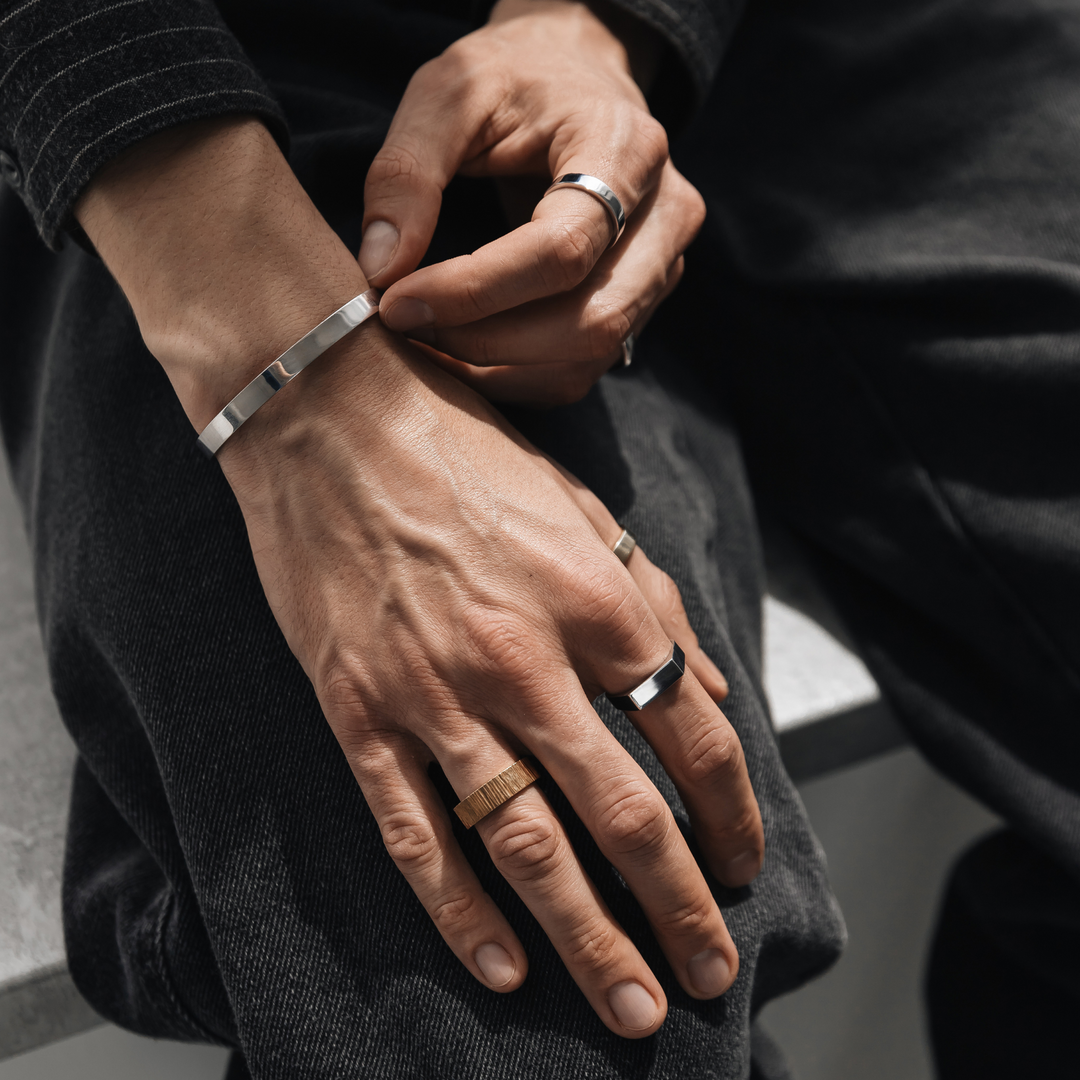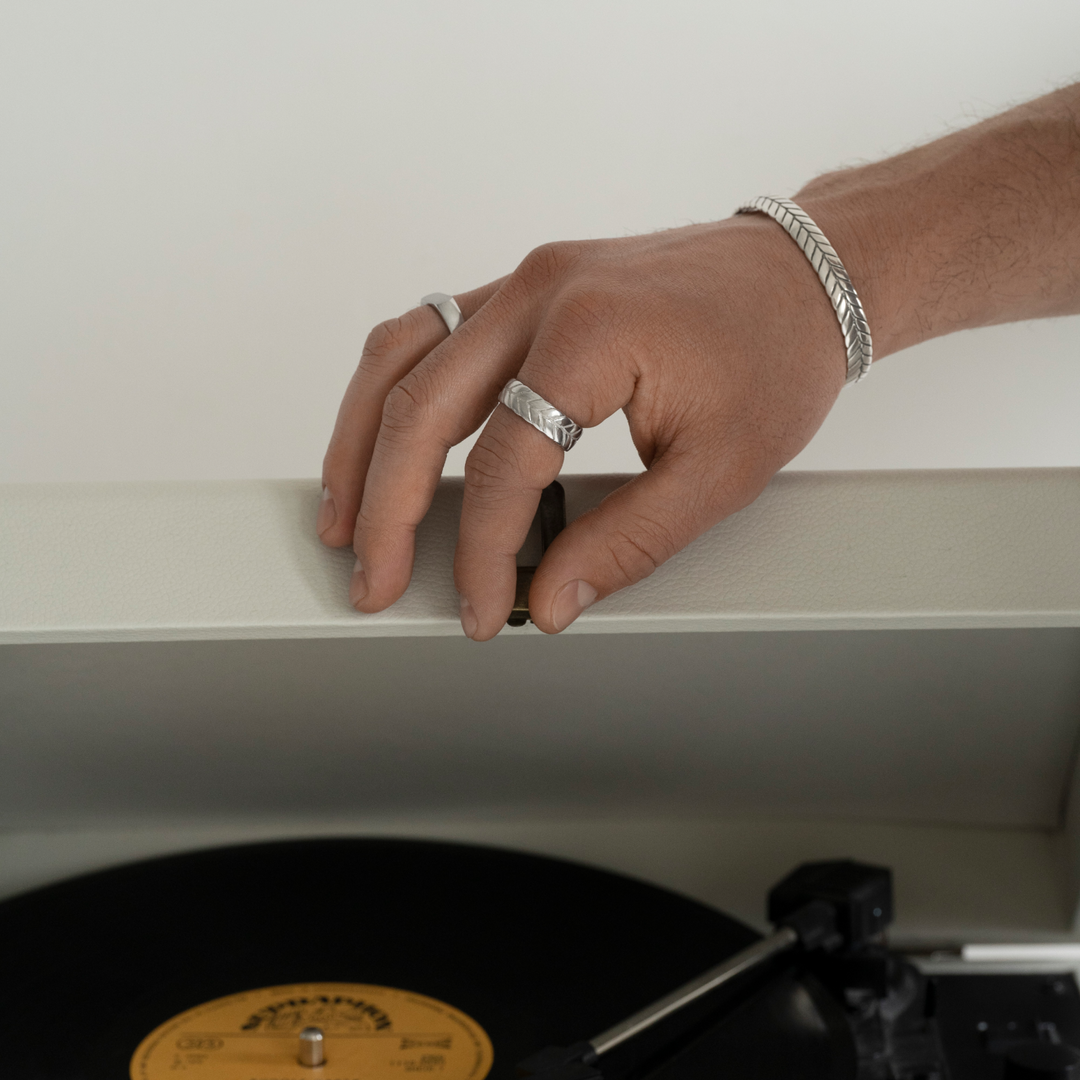The history of jewelry minimalism: from antiquity to modernity
Minimalism is not just a trend, but a lifestyle that is gaining more and more fans. And this applies not only to clothing, interior design, or gadgets, but also to jewelry. Men's jewelry in the minimalist style is sophistication, elegance and conciseness that emphasize individuality and status.

The origins of minimalism in jewelry go back to antiquity. The ancient Greeks and Romans valued simplicity and beauty of forms. Their jewelry was usually made of precious metals without unnecessary decor.
Minimalism got a new life in the 20s of the XX century. It was the time of the Art Deco era, when clear lines, geometric shapes and restrained colors reigned supreme in fashion. These trends were reflected in jewelry design.
American designer Helston is considered to be one of the founders of jewelry minimalism. He created laconic jewelry with geometric elements that perfectly complemented his elegant dresses.
In the 60s of the XX century, minimalism became popular again. This period is characterized by a rebellion against conservatism and a desire for freedom. Jewelry of that time becomes more extravagant, but at the same time retains laconicism and simplicity of forms.

Today, jewelry minimalism is one of the most relevant trends. Men's jewelry in this style is characterized by a restrained design, clear lines, and a minimal amount of decor. They emphasize a man's masculinity, strength and strong-willed character.
Men's jewelry in the minimalist style is not just jewelry, it is a lifestyle. This is the choice of people who appreciate beauty in simplicity, conciseness and elegance.





